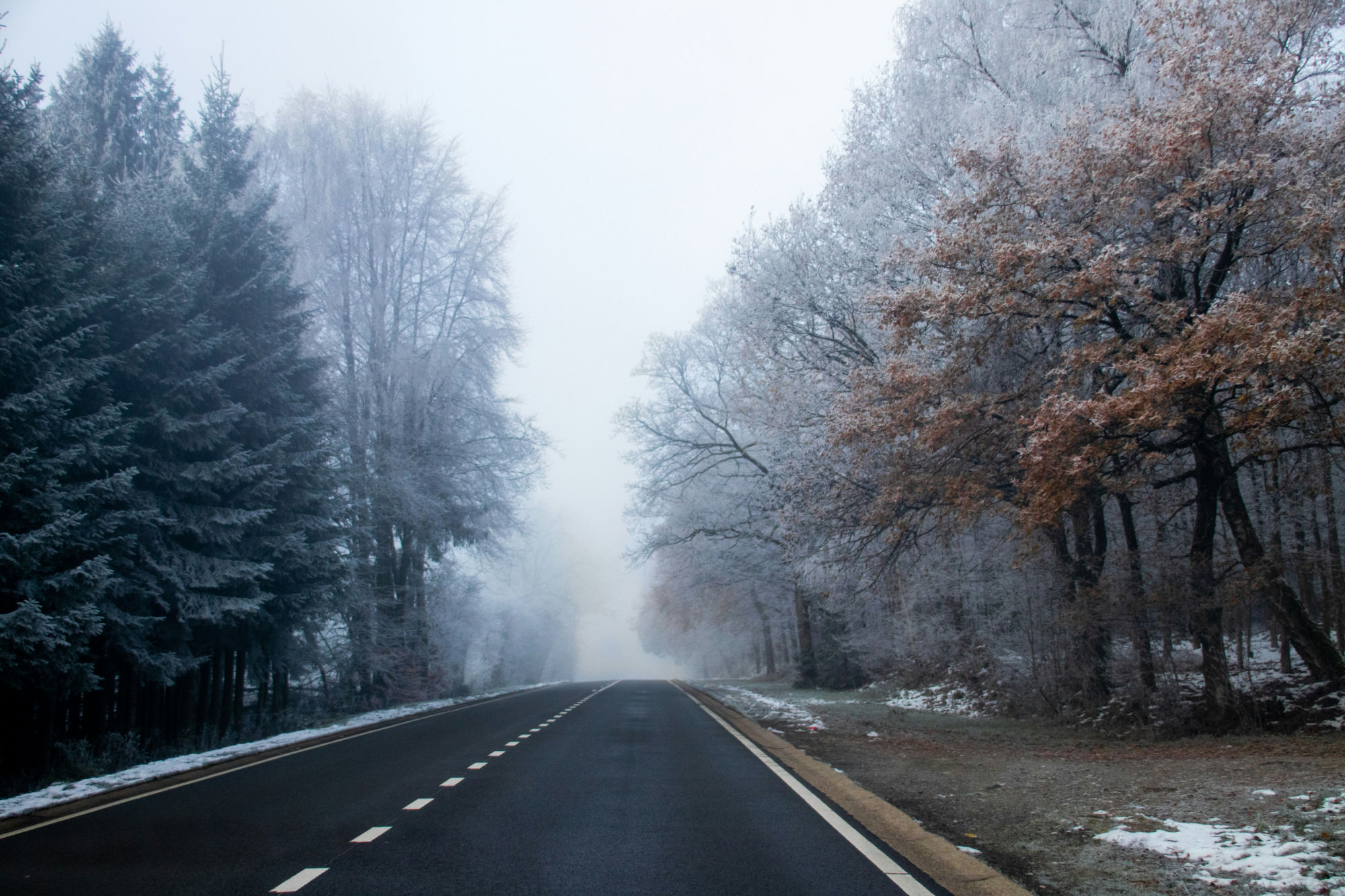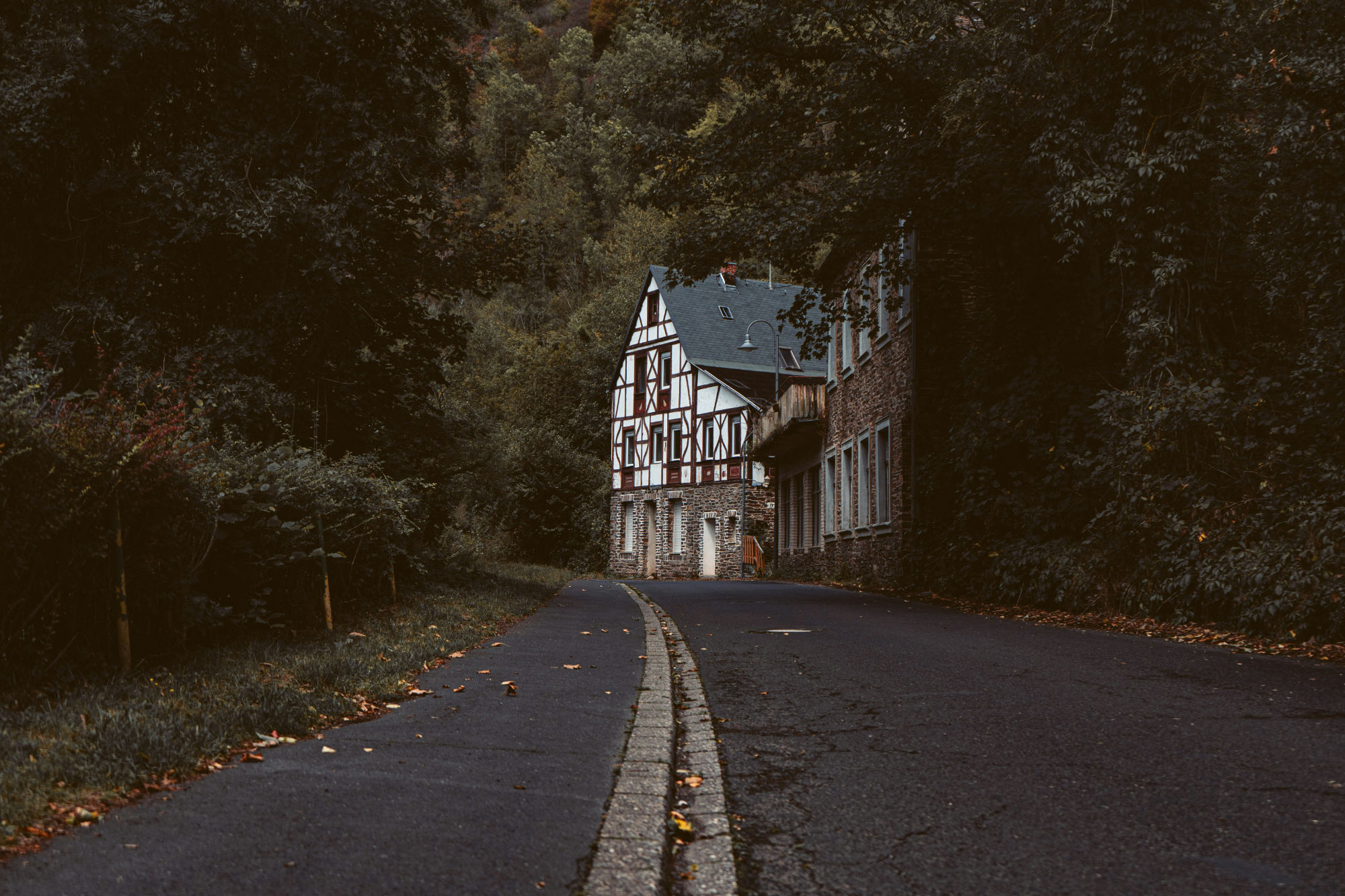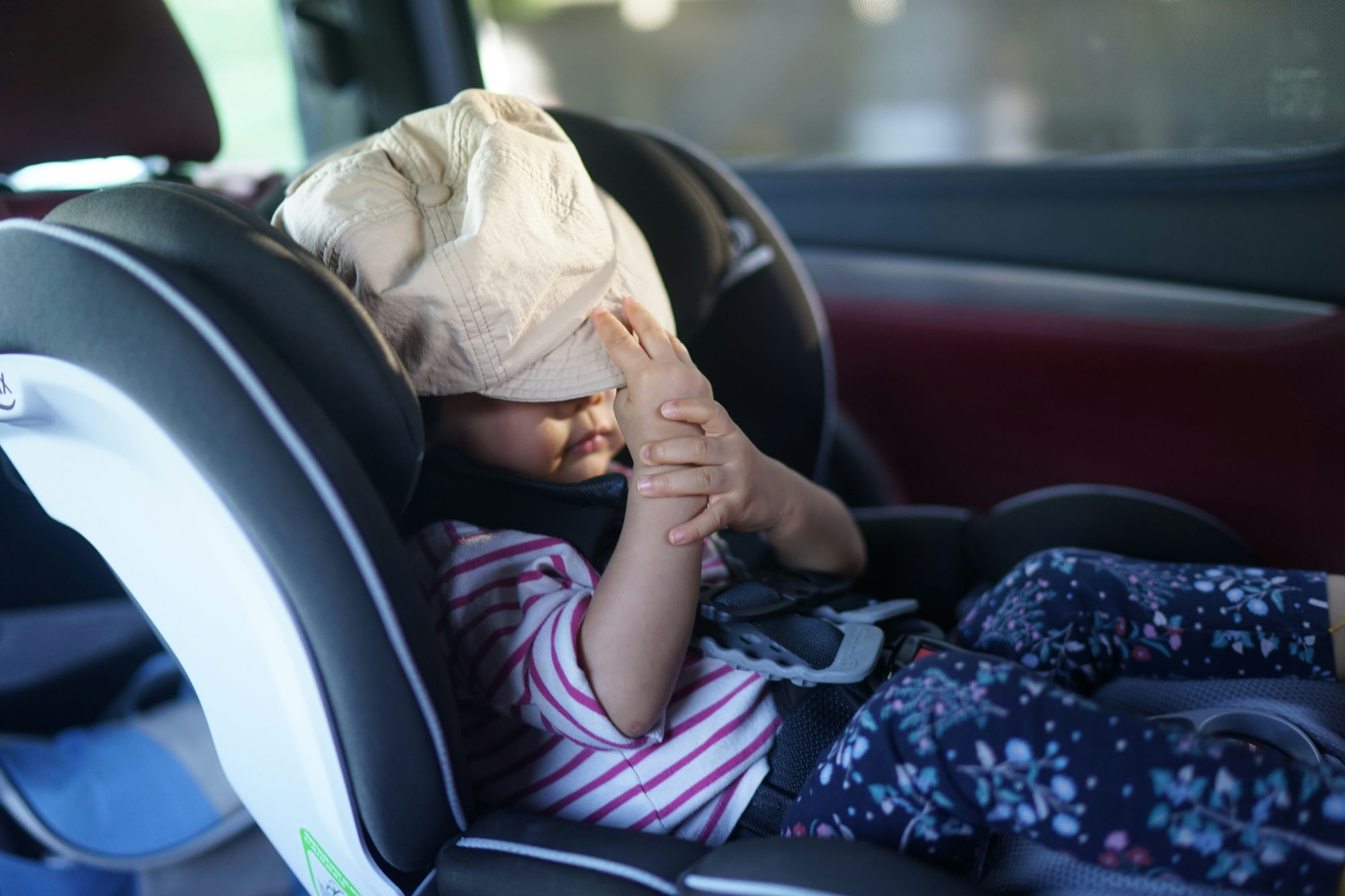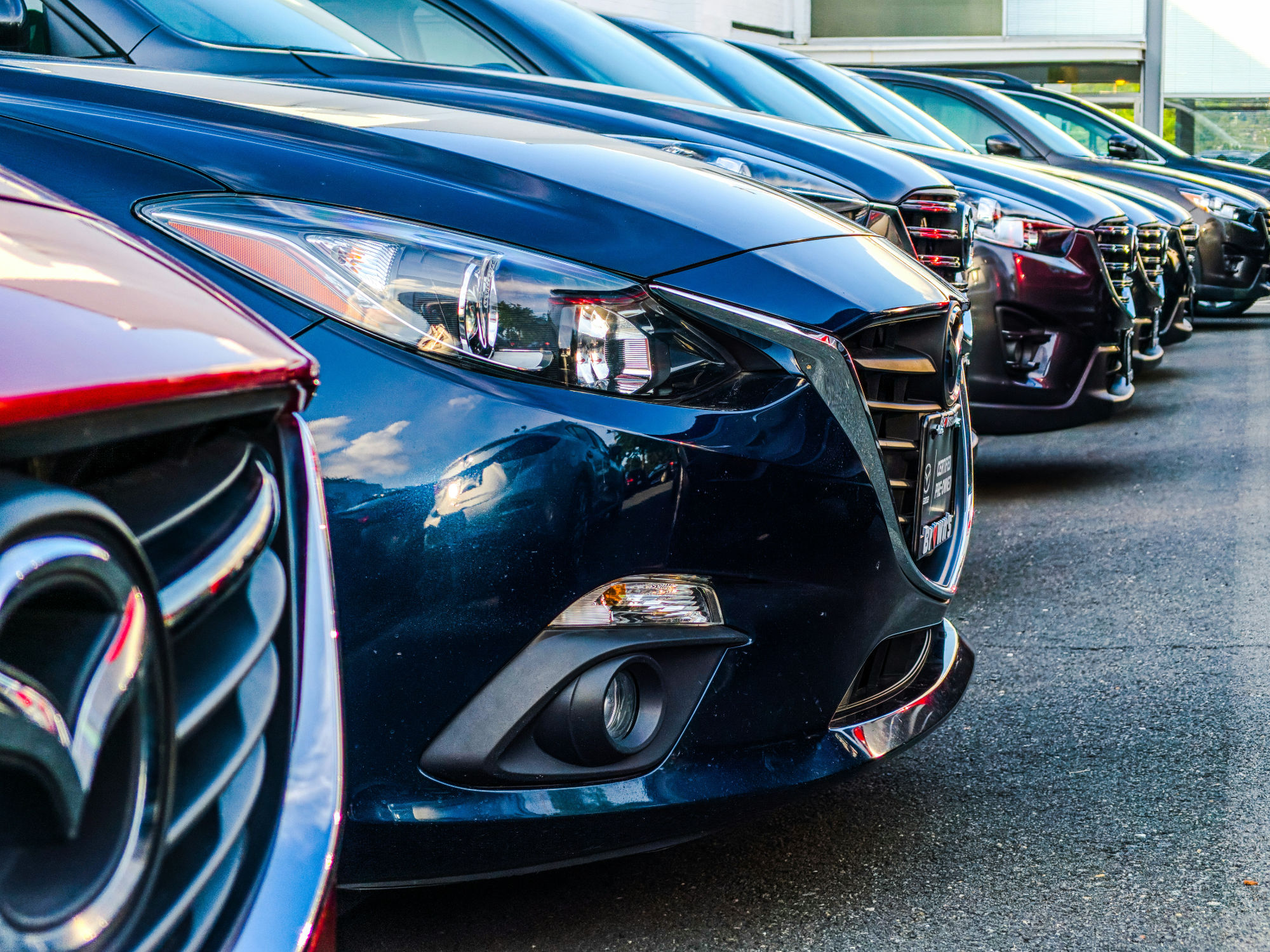Driving in Belgium: Traffic Laws & Motorway Etiquette

Belgium may be a small country in Western Europe, but it has one of the densest road networks on the continent. Whether you are planning a holiday road trip through Flanders, driving to Brussels for business, or simply renting a car at Brussels Airport, knowing the Belgian traffic laws and motorway etiquette is essential. From speed limits to priority rules, Belgium’s driving culture has its own quirks that every visitor should understand before hitting the road.
In this guide, we will cover everything you need to know about driving in Belgium, including the legal requirements, motorway rules, parking regulations, and tips for staying safe on Belgian roads.
Driving in Belgium: What You Need Before You Start
Before you drive in Belgium, make sure you have all the necessary documents and equipment in your car. Belgian police often carry out routine roadside checks, and failing to provide the required items can result in fines.
Required Documents
Valid driver’s license: EU and EEA licenses are accepted. Non-EU visitors may need an International Driving Permit alongside their national license.
Vehicle registration certificate: If you are driving your own car.
Insurance documents: Proof of motor insurance valid in Belgium.
Passport or ID card: Always carry a valid ID.
Mandatory Equipment
By law, all vehicles in Belgium must carry:
A warning triangle in case of breakdown.
A reflective safety vest (must be worn if you exit the vehicle on the motorway).
A first aid kit and a fire extinguisher are strongly recommended.
Headlamp beam deflectors for cars registered outside Belgium if your car has right-hand drive.
Speed Limits in Belgium
Speed limits in Belgium vary depending on the type of road and weather conditions. Always pay attention to signs, as limits can change quickly.
Urban areas: 50 km/h (sometimes reduced to 30 km/h in residential or school zones).
Outside towns: 70 km/h in Flanders, 90 km/h in Wallonia.
Motorways and expressways: 120 km/h.
Rainy conditions: In some cases, the speed limit may be reduced to 100 km/h on motorways.
Automatic speed cameras are common, and fines are issued quickly. Belgian authorities also share traffic data with other EU countries, so speeding tickets can follow you home.
Priority Rules: Who Goes First?
Belgium has a unique approach to right-of-way, which often surprises foreign drivers. The general rule is priority to the right unless otherwise indicated. This means that at many intersections without signs or signals, cars coming from the right always have priority.
Key things to remember:
Priority to the right is enforced in towns and villages, even on smaller side streets.
Priority roads are marked with a yellow diamond sign. Once you see this sign, you have priority until a strike-through sign cancels it.
Trams always have priority, even over pedestrians.
Pedestrian crossings must be respected; failing to stop for pedestrians can result in a heavy fine.
Motorway Etiquette in Belgium
Belgian motorways (autoroutes) are free to use and well-maintained, although traffic can be heavy around major cities. Understanding motorway etiquette will make your journey smoother and safer.
Lane Discipline
Keep to the right-hand lane unless overtaking.
Overtake on the left only; passing on the right is illegal.
After overtaking, return to the right lane as soon as it is safe.
Speed and Flow
Belgian drivers tend to drive fast, especially on motorways. Stick to the speed limit, but be aware that cars behind you may approach quickly.
Maintain a safe distance; tailgating is common, but fines apply for insufficient distance.
Motorway Lighting
Belgium is one of the few countries where many motorways are lit at night, especially in Flanders. This can be reassuring for night driving but also creates a false sense of security — remain alert.
Service Areas
Along the motorways, you’ll find regular service stations offering fuel, food, and rest facilities. Breaks are recommended every two hours of driving.
Alcohol and Driving in Belgium
Belgium has strict drink-driving laws.
The legal blood alcohol limit is 0.05% (0.5 g/L).
For new drivers with less than two years of experience, the limit is even lower at 0.02%.
Random breath tests are common, especially on weekends and during holidays. Penalties for driving under the influence include fines, license suspension, and even imprisonment.
Parking in Belgian Cities
Parking can be one of the biggest challenges when driving in Belgium’s cities.
Blue zones: You need a parking disc (available at petrol stations) to indicate your arrival time. Maximum stay is usually two hours.
Paid parking: Common in city centers; always check the signs.
Park-and-Ride (P+R): Recommended when visiting cities like Brussels or Antwerp. These facilities allow you to park cheaply outside the city and take public transport into the center.
Illegal parking: Cars may be towed or wheel-clamped, with hefty fines for release.
Common Traffic Offenses and Fines
Belgium takes road safety seriously, and many infractions are punished with on-the-spot fines. Some examples:
Speeding: €50 and up, depending on excess.
Running a red light: From €175.
Using a mobile phone without hands-free: €100+.
Not wearing a seatbelt: €100.
Driving Culture in Belgium
Belgium’s driving style reflects its mix of cultures. Flemish drivers in the north may drive differently from Walloon drivers in the south, and Brussels — being an international hub — adds another layer of complexity.
Expect fast motorway driving and frequent lane changes.
In cities, cyclists are everywhere, and bike lanes often cross roads unexpectedly. Always check before turning.
Traffic congestion is common in Brussels, Antwerp, and Ghent. Plan extra travel time.
Winter Driving and Seasonal Considerations
In winter, Belgian roads can become slippery, especially in rural areas. While winter tires are not legally required, they are strongly recommended between October and April.
During heavy rain, aquaplaning can occur on motorways, so reduce speed and keep a longer distance from the car ahead.
Tips for Tourists Renting a Car in Belgium
Choose a compact car: Narrow streets in historic towns like Bruges or Ghent can be tricky with large vehicles.
Opt for GPS navigation: Road signs are in Dutch in Flanders and in French in Wallonia, so knowing both languages helps, but navigation apps are a lifesaver.
Be prepared for tunnels: Antwerp has several long tunnels under the Scheldt River, and GPS may briefly cut out.
If you’re planning to drive beyond Belgium, neighboring France, the Netherlands, Germany, and Luxembourg are only a short drive away.
Road Safety in Belgium: Final Advice
Belgium has improved road safety in recent years, but accident rates remain higher than in some neighboring countries. Following the rules, respecting speed limits, and practicing defensive driving will help you stay safe.
Remember:
Always carry the required equipment.
Respect priority to the right.
Stick to speed limits, especially in towns.
Don’t drink and drive.
Share the road with cyclists and pedestrians.
Conclusion: Driving in Belgium Made Simple
Driving in Belgium can be an enjoyable experience, offering the freedom to explore medieval cities, scenic countryside, and coastal areas at your own pace. By understanding the traffic laws and motorway etiquette, you’ll avoid fines, stay safe, and enjoy your journey with confidence.
From the priority-to-the-right rule to motorway discipline, Belgium’s road culture may seem unusual at first, but once you adapt, driving becomes straightforward. Whether you’re here for business, tourism, or just passing through on a European road trip, Belgium’s roads are your gateway to discovery.


